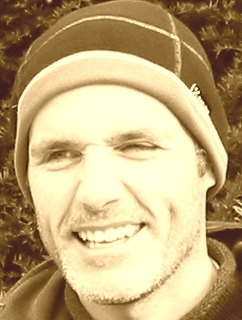Anzac Day and the birth of three nations
By Ray O'Reill
Anzac Day, which recalls the horrors of modern warfare, marks the birth of modern national conscience in Australia, New Zealand and Turkey.
Wednesday 25 April 2012

Every year, on 25 April, in services and commemorations, Australia and New Zealand remember the fallen in what is now called Anzac Day. On this day nearly a century ago, soldiers from both nations landed on the Gallipoli Peninsula in what is now called ANZAC Cove, but was then known as Ari Birun. As part of the Allied Forces, their mission was to scale the cliffs and take the high ground. The defending Turkish army had other ideas.
In the space of 24 hours, some 2,000 ‘diggers', as they were known, were mowed down. By the end of the battle nine months later, more than 11,400 soldiers from the Australian and New Zealand Army Corps (Anzacs) were killed – 2,700 Kiwis and the rest were Australians. This was a huge loss to nations with populations at the time of fewer than 5 million and 1 million respectively.
But it was the events of the first day of the Gallipoli Campaign (or Battle of Çanakkale), immortalised in the 1981 Peter Weir film of the same name, starring a young Mel Gibson, that set the course of the whole battle and eventual evacuation of the Anzacs in December 1915.
If you want to read more about these events, the book by David W Cameron, 25 April 1915, The Day the Anzac Legend Was Born, is a good place to begin, telling both sides of the story – the Anzacs and Turkish – of what was to become a tragedy for all nations concerned but an ultimate triumph for Turkey and the then little-known army commander Mustafa Kemal (later given the honorific Atatürk, ‘Father of the Turks') who had correctly anticipated where the Allies would attack and bravely held his position until their eventual retreat.
The legendary ‘victory' cemented Atatürk's reputation following the Ottoman defeat and, along with other military successes, enabled him to enter politics and construct a modern Turkish republic on the ruins of what was left of the Ottoman Empire. It also marked the birth of a separate national conscience in Australia and New Zealand, which were then dominions of the British Empire and largely regarded themselves as Brits.
Anzac Day is not only a rare example of a national day shared by two countries, it has also been woven into the conscience of a third, Turkey which, under Atatürk's leadership, became a staunch ally of its former enemies, despite the cold-shouldering it has received from Europe over the decades. In 1934, he assured the first Australians and New Zealanders to visit the Galipoli battlefield since hostilities ended:
There is no difference between the Johnnies
And the Mehmets to us where they lie side by side…
He finished his tribute with:
Your sons are now lying in our bosom
And are in peace
After having lost their lives on this land they have
Become our sons as well.


